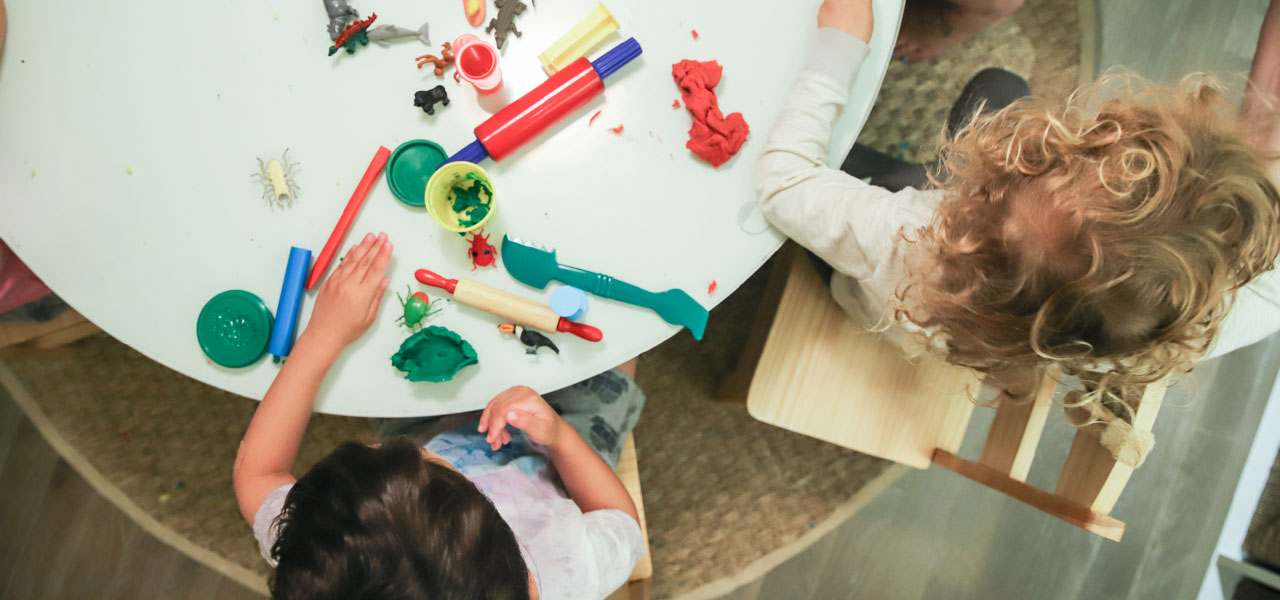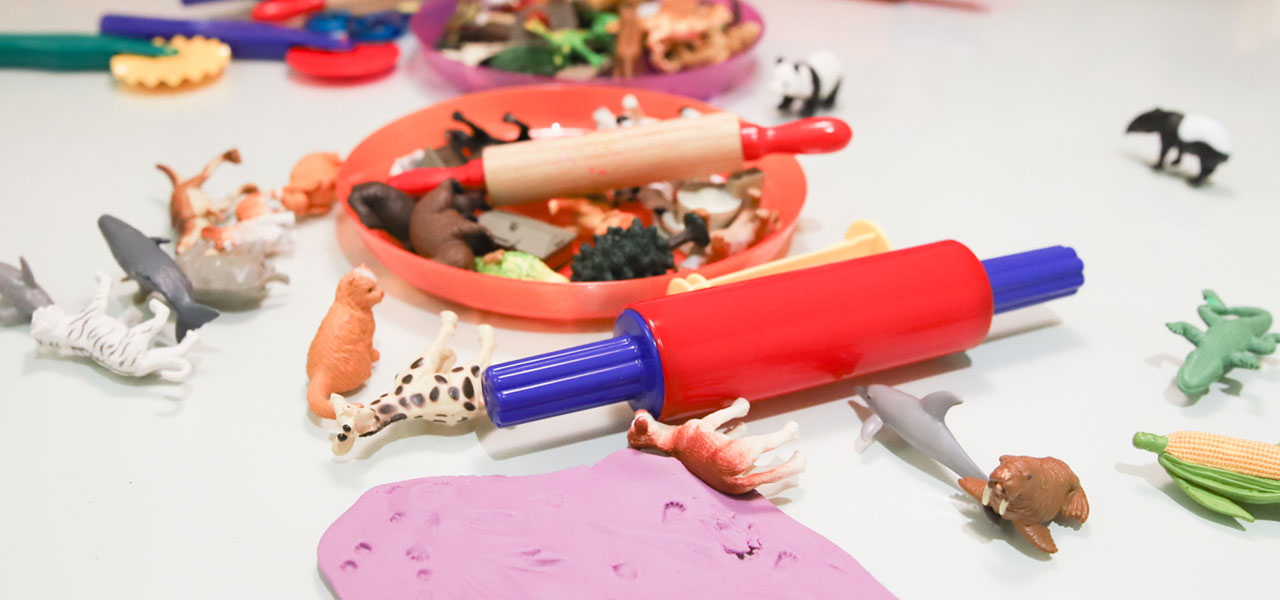The early months of the school year always feel a little magical – the leaves are changing, the heat of the summer is dying down, and students have a renewed energy and excitement. It never gets old! We love meeting new kids, seeing old faces, and diving right in to another year of learning. It’s been a couple of months now, so Wise Wonder Enrichment is fully back in the swing of things and ready for all that lies ahead this year.
Wise Wonder welcomes children of all ages to our literacy studios, and that means that for many of our youngest learners, it’s their first time in an academic setting! Our Lil Hoots classes always feel particularly exciting for this reason. Beginning at 18 months old, these classes focus on early separation and building confidence so our littlest learners can succeed in an academic setting. It’s important to set the right tone from the moment little ones step into class to ensure they’re engaged and having fun. Our favorite technique in this area is incorporating Play Doh.
Play Doh is not just perfect for playtime – it’s an excellent tool in educational activities, as well! We make sure to incorporate both sides of the coin so that our students are getting a fun, well-rounded experience from start to finish.

Fine Motor Development
Fine motor skills are involved in smaller movements that occur in the wrists, hands, fingers, feet, and toes. They involve smaller movements such as picking up objects and writing with precision. Bringing out the Play Doh and encouraging little ones to build, squish, roll, and play is not only fun for them – it’s getting those muscles moving! These movements strengthen hand muscles, the same muscles used later on for gripping pencils, cutting, and more.
Literacy and Cognitive Skills
One of the best things about Play Doh is how much you can do with it! It’s not just making spaghetti and small animals – it can also be used for learning letters, numbers, and more. Our teachers bring out different dough cutters and tools for our students to make the letters in their name, their favorite animal, and more. This is an easy way to start the process of letter identification and even sound identification. This process also builds cognitive skills, as children are beginning to reason independently and retain information as they get comfortable with the routine and repetition.
Imaginative Play and Creativity
Building imagination is just as important as building cognition! We love using Play Doh time with our little ones to create new neighborhoods, an underwater oasis, undiscovered lands, and more! We bring out manipulatives such as sea creatures, buildings, and more so they can flesh out the worlds or ideas they’ve created. This is a great time for chatting, as well, which builds vocabulary and understanding of all that we’re seeing, doing, and creating. Socialization is also key to a well-rounded learner!

The beginning moments of class are vital to setting the overall tone, and Play Doh is the perfect way to invite students in for both learning and play. We love working with new tools and having new ideas to make the experience fresh for our students while still keeping our routine consistent. What are your favorite Play Doh activities?
Happy playing!
